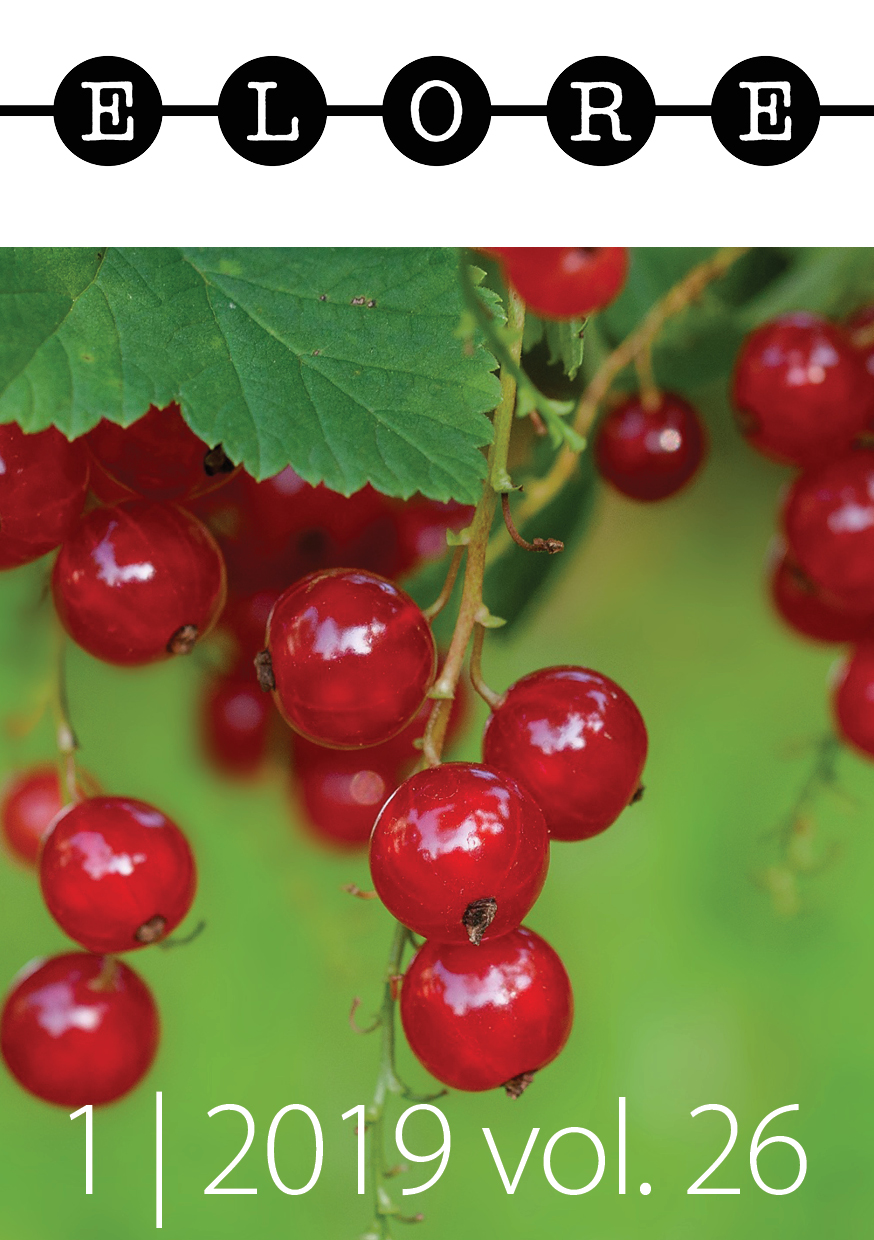Horticulture as an educator of populace in gardening books from the 1860s to the 1930s
Puutarhanhoito kansan kasvattajana 1860–1930-lukujen puutarhakirjoissa
DOI:
https://doi.org/10.30666/elore.77752Keywords:
gardening guides, popular enlightenmentAbstract
The article examines Finnish popular enlightenment in horticulture targeted at the Finnish-speaking majority population, the “folk”, in the late 19th and early 20th centuries. During the period, Finland transformed from an autonomous region of the Russian Empire to an independent state and national coherence was a precondition for the nation-building process. This was secured by raising the level of civilization and improving the economic situation of the population, for example, by strengthening the agricultural sector. The development of horticulture was still slow. Especially in the northern parts of the country, both useful and ornamental plants were nearly unfamiliar at the beginning of the 20th century.
Various guides were one way to spread the knowledge about gardening. The research material for the article is composed of Finnish gardening books, which contain mainly instructions of growing and using various garden plants. In addition to practical advice, they also include content which the author has interpreted as citizenship education. The article presents gardening guides of different types as well as their authors. It also analyses how the necessity of gardening was argued and what kind of means were used to persuade the readers to start cultivation. In addition to this, the author analyses what kind of values people wanted to assimilate besides the material benefit of cultivation and what was the model of a “good person”, which was the aim of enlightenment in gardening.

Downloads
Published
How to Cite
Issue
Section
License
The journal follows Diamond Open Access publishing model: the journal does not charge authors and published texts are immediately available on the Journal.fi service for scientific journals. By submitting an article for publication on Elore, the author agrees, as of September 2024, that the work will be published under a CC BY 4.0 licence. Under the licence, others may copy, transmit, distribute and display the copyrighted work and any modified versions of the work based on it only if they attribute the licence, the original publication (link or reference) and the author as the original author. Any modifications made must be acknowledged.
Copyright of the texts remains with the authors, and self-archiving (Green OA) of the published version is allowed. This also applies to texts published before September 2024. The Green OA publication must include Elore's publication details.
The metadata for published articles is licensed under Creative Commons CC0 1.0 Universal.





